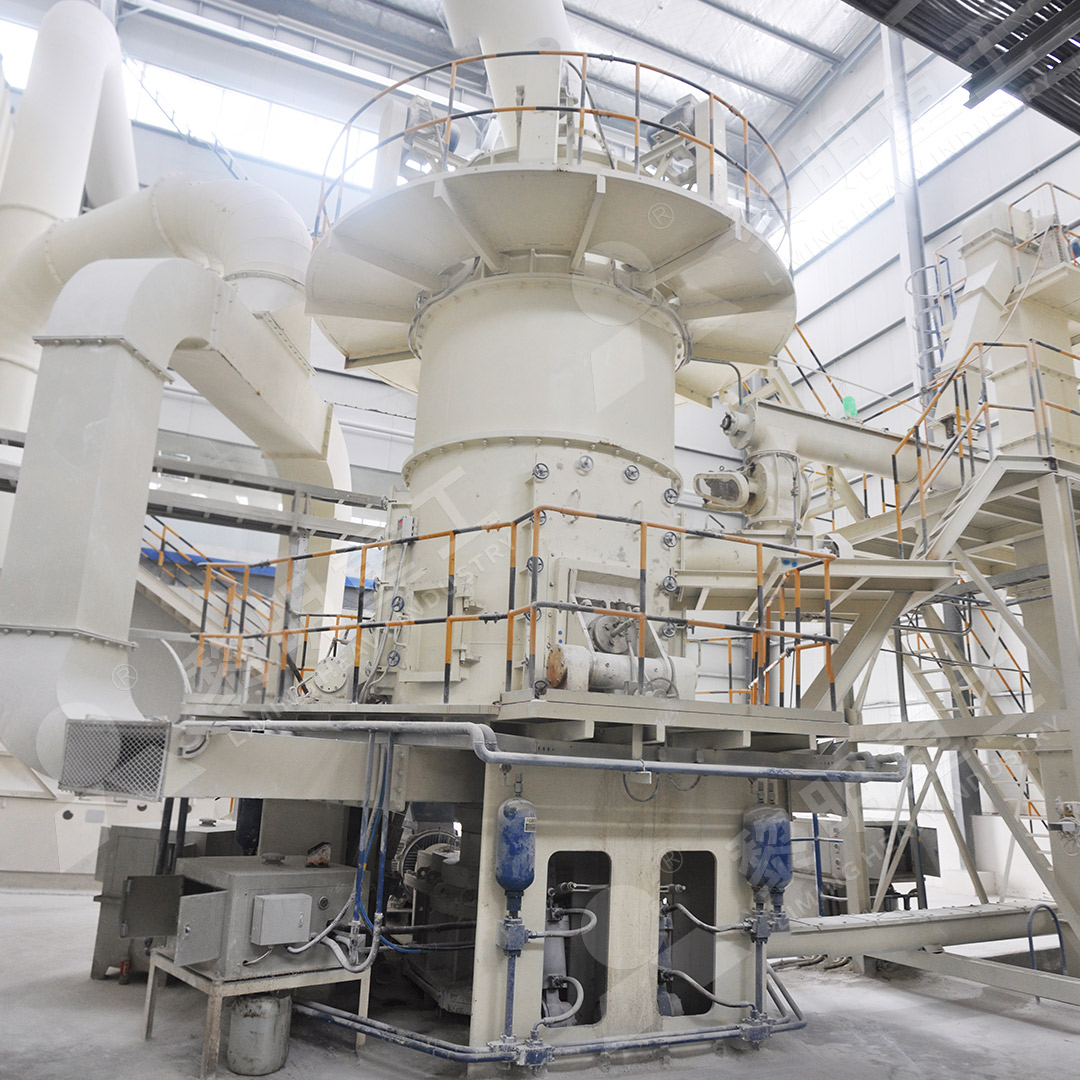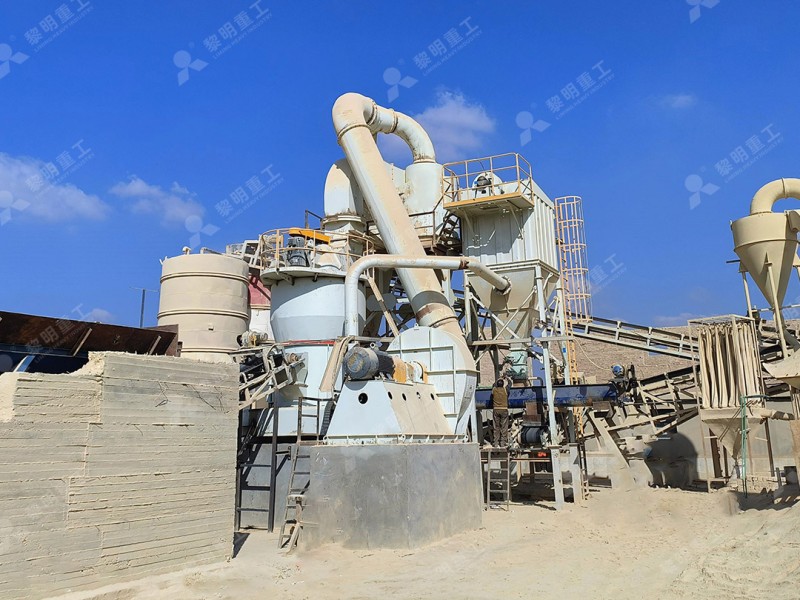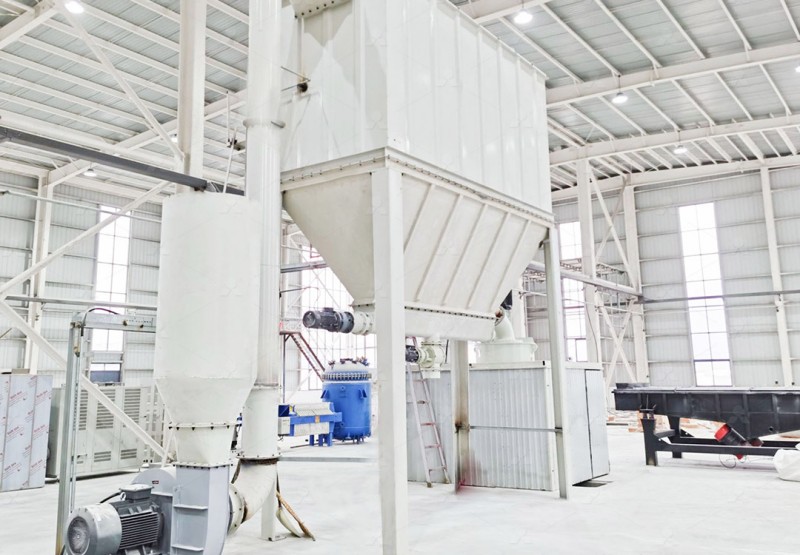Raymond Mill vs European Type Mill: Which Grinding Equipment is Better?
Raymond Mill vs European Type Mill: Which Grinding Equipment is Better?
In the world of industrial grinding, two names frequently dominate conversations: Raymond Mill and European Type Grinding Mills. Both have established themselves as reliable workhorses in various industries, but understanding their differences is crucial for making an informed investment decision. As someone who has worked with both types of equipment across multiple projects, I’ve witnessed firsthand how the right choice can significantly impact operational efficiency and profitability.

The traditional Raymond Mill, often considered the grandfather of grinding technology, has served industries faithfully for decades. Its straightforward design and proven reliability make it a popular choice for operations requiring consistent medium-fine powder production. However, European Type Mills represent the evolution of this technology, incorporating advanced engineering and modern manufacturing techniques to address limitations of earlier designs.
Key Technical Differences
When comparing these grinding systems, several technical aspects stand out. European Type Mills typically feature more sophisticated grinding curves and pressure mechanisms, allowing for finer adjustments and better control over particle size distribution. The grinding roller and ring designs have been optimized through computational analysis and real-world testing to maximize contact efficiency while minimizing wear.
Another significant difference lies in the powder separation technology. European Type Mills often incorporate advanced cage-type separators with German technology origins, providing superior precision in particle classification. This results in more consistent product quality and reduced energy consumption for regrinding oversize material.

Performance and Efficiency Considerations
From an operational perspective, European Type Mills generally offer higher production capacity per unit of energy consumed. The optimized airflow patterns and reduced internal resistance contribute to this efficiency advantage. Maintenance requirements also differ significantly between the two technologies. Many European Type Mills feature external lubrication systems and accessible components that reduce downtime during servicing.
For operations requiring ultra-fine powders with precise particle distribution, our MW Ultrafine Grinding Mill represents an excellent solution. This machine achieves fineness between 325-2500 meshes with impressive energy efficiency – consuming approximately 30% less energy compared to jet mills while delivering 40% higher production capacity. The absence of rolling bearings and screws in the grinding chamber eliminates common failure points, ensuring reliable continuous operation.
Application-Specific Recommendations
The choice between Raymond Mill and European Type Mill ultimately depends on your specific requirements. For operations processing materials like limestone, calcite, or dolomite at medium fineness levels with budget constraints, traditional Raymond Mills remain a viable option. However, for demanding applications in chemicals, paints, cosmetics, and advanced materials where superior product quality and operational efficiency are paramount, European Type Mills typically deliver better long-term value.
Another standout in our European Mill lineup is the LUM Ultrafine Vertical Grinding Mill, which integrates the latest Taiwanese grinding roller technology with German powder separating technology. Its unique roller shell and lining plate grinding curve design generates material layers more effectively, achieving higher finished product rates through single-pass milling while improving whiteness and cleanliness.

Environmental and Operational Considerations
Modern European Type Mills typically incorporate more comprehensive environmental controls, including efficient pulse dust collectors and noise reduction systems. These features not only ensure compliance with environmental regulations but also create better working conditions for operational staff. The fully sealed systems prevent material leakage and contamination, crucial for food, pharmaceutical, and high-purity chemical applications.
Frequently Asked Questions
What is the main advantage of European Type Mills over traditional Raymond Mills?
European Type Mills generally offer higher energy efficiency, better particle size control, and more advanced features like external lubrication systems and sophisticated separators. They typically consume 30-50% less energy while providing 40% higher capacity compared to traditional designs.
Can European Type Mills handle the same materials as Raymond Mills?
Yes, European Type Mills can process all the same materials as Raymond Mills, including limestone, calcite, dolomite, barite, and talc, but often with better efficiency and finer control over product specifications.
What maintenance advantages do European Type Mills offer?
Many European Type Mills feature designs that simplify maintenance, such as reversible structures that allow easy access to grinding components, external lubrication systems that enable maintenance without shutdown, and the elimination of internal screws and bearings that commonly fail in traditional designs.
How does the MW Ultrafine Grinding Mill achieve its high efficiency?
The MW Mill incorporates newly designed grinding curves of the grinding roller and ring that enhance grinding efficiency, along with German cage-type powder selector technology that improves separation precision. The absence of rolling bearings in the grinding chamber eliminates a common failure point.
Which mill type is better for ultra-fine powder production?
For ultra-fine applications requiring 325-2500 mesh fineness, European Type Mills like our MW Ultrafine Grinding Mill are specifically engineered for this purpose, offering superior control and efficiency compared to modified Raymond Mills.
